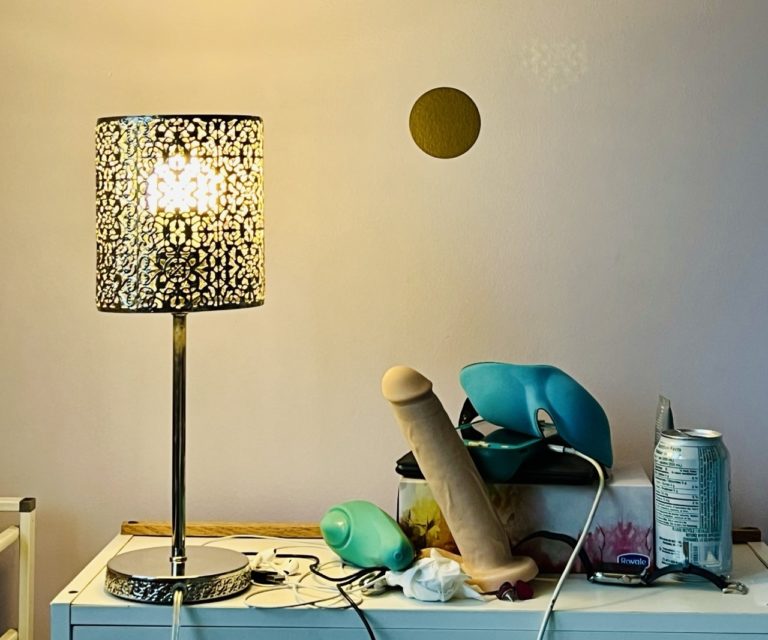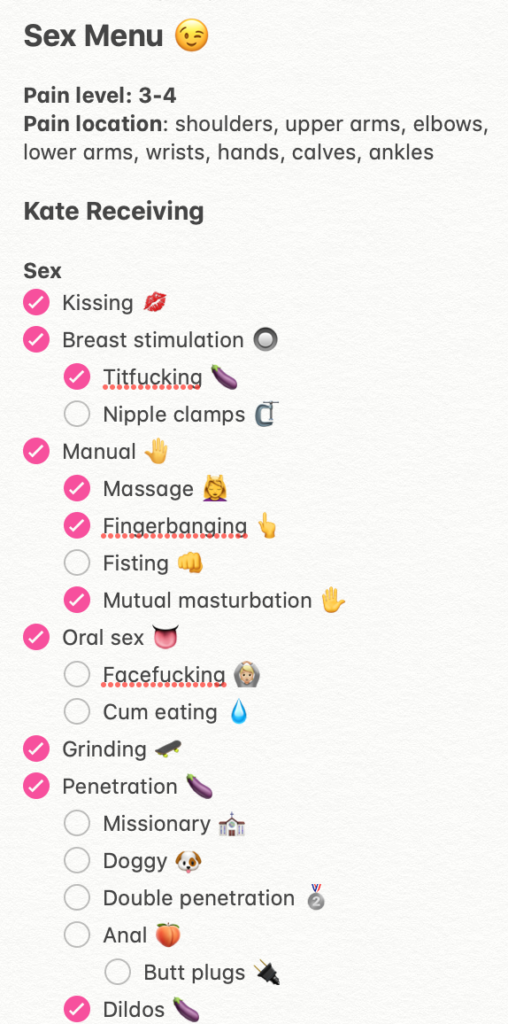
Sexual self-doubt is an epidemic. As if we haven’t already had sex-related shame heaped onto us since birth, a lot of sexual discourse online lumps people into a binary of “good at sex” versus “bad at sex.” Many of us are not given clear benchmarks of what these terms even mean, which makes it even more difficult to put the worry out of one’s mind: Am I a terrible lay?
Technique vs. approach
If worries about being bad in bed weren’t so prevalent, my industry – sex writing – would not exist as we know it. Articles abound, online and in print, that claim they’ll teach you “techniques” that will make you into some kind of sex god. Stroke the clit in a circular motion, tap the frenulum to a steady rhythm, finger-blast the G-spot hard, press a vibrator into the perineum. This type of advice is largely well-intentioned, but I think it misses the point: Being good in bed is more about your approach than your technique.
There are exceptions, of course. Sex professionals, for instance, tend to have better technique than many laypeople (pun not intended) – so I’d expect that the beauties at the Discreet Elite VIP escort agency have better blowjob skills than your average cocksucker, and pro dom(me)s are more skilled at flogging than your average kinkster. Often these people are being sought out for their skills specifically (among other things), so it makes sense that they’d have to hone their technique.
But I think, for the average person, it’s better to have a good approach to sex (which, naturally, a lot of sex professionals also have!). By that I mean: Do you pay attention to partners’ verbal and non-verbal cues in figuring out what’s working or not working during sex? Do you ask questions or invite feedback as needed, if you’re having trouble making someone feel good? Do you co-create an environment where you both(/all) feel safe to communicate openly and honestly? Do you have good psychological tools for handling difficult feelings that may come up when someone gives you constructive sexual feedback, and can you implement those tools when you need to?
I think these things matter much more than physical technique, especially since everyone likes different things in bed. Why try to navigate new territory with an old map? I think it makes more sense to learn the skills that will enable you to create new “maps” on the fly when you need to.
A or B?
Okay, if there’s one sexual skill you really need (aside from ascertaining consent, duh), I think this is it. Some sex educators call it the “optometrist” approach, because – like an optometrist during an eye exam – you’re going to ask your partner, “Does this work better for you, or this?”
Try it with anything; just remember to phrase it as an “either/or” question, because those are often easiest for people to answer in the heat of the moment. “Do you want it harder or softer?” “Faster or slower?” “Deeper or shallower?”
While actual verbal feedback can be super helpful, especially with a newer partner, you can also use this technique silently in your own mind to try stuff out and discover what works best. Try licking softer, and then harder, and see which gets a bigger reaction. Thrust a little deeper, then a little shallower, and stick with whichever one seems most appreciated. This might sound simple and self-explanatory, but it’s amazing how many people get so wrapped up in their own nervousness (or pleasure) during sex that they forget to pay full attention to their partner, thereby missing crucial cues that could help them get better at fucking that particular person.
Compassion is king
Sex is a very, very personal thing for many of us. One’s sexuality can feel core to one’s identity – so judgments on one’s sexuality can feel like judgments on one’s very existence. Those judgments, and the feelings of shame they provoke, can stay with you for months. For years. For a lifetime, in some cases.
With that in mind, I think it’s really important to foreground compassion in all of the sex we have. That doesn’t mean you have to let people steamroll your boundaries, but it does mean you should tread carefully so as not to step on any emotional landmines. Never make critical comments about someone’s body during sex, unless they’ve explicitly asked you to do so. Never laugh maliciously at a partner during sex; strive to only laugh with them, about things you both find funny or silly. If you have to criticize someone’s technique, focus moreso on “Here’s what I prefer” than on “You’re doing it wrong,” because – as ever – they’re not actually doing it wrong, they’re just not doing it the way you like it (yet).
I strongly believe that part of being good in bed is knowing how to create a safe environment for pleasure. No one can fully lean into their pleasure in your presence if they feel it’s unsafe to do so. One way to establish that safety, and to build that trust over time, is to make compassion the baseline ethic with which you approach sex. And I don’t just mean for romantic partners, either – even casual or short-lived hookups deserve the dignity of your respect and compassion. And I’d hope it would go without saying, but incase it doesn’t: You deserve partners who treat you that way too, and it’s completely fine to keep looking until you find one.
I’ve only been sexually active for 16 years or so; I’m sure my views on this will change even more as I grow older, and they’ve already undergone many transformations. But at this moment in time, these are the main things that I think make someone “good in bed.” Approach is everything, in my view, because a good approach helps you find the right technique(s) for the person you’re sleeping with, and helps you make them comfortable enough that they can enjoy your technique(s). How does that old saying go? “Give a man a fuck, and you satisfy him for a day. Teach a man to fuck, and he’ll satisfy his partners for a lifetime.” Something like that.
What do you think makes someone good in bed? Sound off in the comments; I wanna know!
This post contains a sponsored link. As always, all writing and opinions are my own.

 The Sex Menu is a checklist of all the sex and kink acts that my partner and I do regularly, ranging from the tame (kissing, breast stimulation, oral sex) to the wild (watersports, electrostimulation, ruined orgasms). As I’m the more submissive/bottom-y person in our dynamic, usually I fill it out to give my partner a sense of all the things I’m up for during a particular session, so that they don’t have to individually ask me about each and every thing they’re considering doing.
The Sex Menu is a checklist of all the sex and kink acts that my partner and I do regularly, ranging from the tame (kissing, breast stimulation, oral sex) to the wild (watersports, electrostimulation, ruined orgasms). As I’m the more submissive/bottom-y person in our dynamic, usually I fill it out to give my partner a sense of all the things I’m up for during a particular session, so that they don’t have to individually ask me about each and every thing they’re considering doing. This post was sponsored by the folks at MyPornAdviser – feel free to check out their
This post was sponsored by the folks at MyPornAdviser – feel free to check out their 
